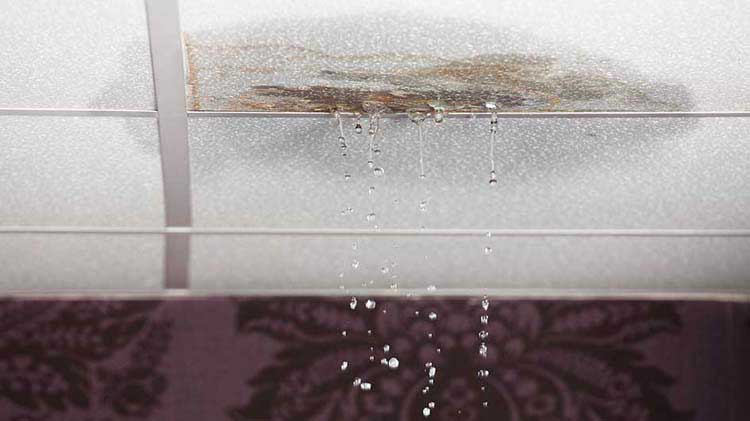How do you feel in regards to How to Find Water Leaks?

Leakages not only trigger waste of water but can likewise cause unneeded damage to your home as well as promote undesirable natural growth. By looking and also recognizing for daily scenarios that trigger leakages, you can secure your home from future leaks and unnecessary damages.
Instant temperature level changes.
Extreme temperature adjustments in our pipelines can cause them to increase and get suddenly. This expansion and also contraction might create splits in the pipelines, especially if the temperature are below freezing.
Corroded water supply
As time goes by, your plumbing system ages as well as corrosion such as corrosion may start eating away the pipes. This may be the reason for staining or bending on your pipes. This requires an evaluation with your plumber quickly. If our plumbing system is old, consider replacing the pipelines given that they go to a higher risk of deterioration than the newer designs.
Malfunctioning Pipeline Joints
The point at which your pipes link is frequently the weakest web link in the waterline. Pipe joints can weaken with time, leading to water leaks. The majority of pipeline joints are not conveniently noticeable. If you have loud pipelines that make ticking or banging sounds, specifically when the hot water is switched on, your pipeline joints are probably under a lot of stress. It is a good idea to have your plumber check your system annually.
Trespassing origins
Many water leakages start outside the house instead than inside it. You may notice damp spots or sinkholes in your lawn, and that might imply that tree origins are getting into water lines causing water to permeate out.
Poor Water Connectors
At times, a leak can be triggered by loose hose pipes and also pipelines that supply your appliances. In situation of a water links leakage, you might discover water running straight from the supply line or puddles around your devices.
Obstructed Drains
Blocked drains might be frustrating and inconveniencing, but they can often wind up causing an overflow resulting in break pipes. Maintain removing any materials that might drop your drains pipes that could clog them to prevent such aggravations.
All the above are sources of leaks however not all water leakages arise from plumbing leakages; some leakages may come from roofing system leaks. All leakages should be repaired quickly to stay clear of water damage.
Leaks not just trigger waste of water however can additionally create unneeded damages to your home as well as promote unwanted organic growth. By looking and understanding for everyday scenarios that create leaks, you can protect your home from future leaks as well as unnecessary damage. Today, we will look at six leakage causes that may be causing your pipelines to drip.
At times, a leakage can be created by loose pipes as well as pipes that supply your devices. In case of a water links leak, you may see water running directly from the supply line or puddles around your home appliances.
How To Check For Water Leak In Your Home
How To Check for Leaks
The average household's leaks can account for nearly 10,000 gallons of water wasted every year and ten percent of homes have leaks that waste 90 gallons or more per day. Common types of leaks found in the home are worn toilet flappers, dripping faucets, and other leaking valves. These types of leaks are often easy to fix, requiring only a few tools and hardware that can pay for themselves in water savings. Fixing easily corrected household water leaks can save homeowners about 10 percent on their water bills.
To check for leaks in your home, you first need to determine whether you're wasting water and then identify the source of the leak. Here are some tips for finding leaks:
Take a look at your water usage during a colder month, such as January or February. If a family of four exceeds 12,000 gallons per month, there are serious leaks.
Check your water meter before and after a two-hour period when no water is being used. If the meter changes at all, you probably have a leak.
Identify toilet leaks by placing a drop of food coloring in the toilet tank. If any color shows up in the bowl after 10 minutes, you have a leak. (Be sure to flush immediately after the experiment to avoid staining the tank.)
Examine faucet gaskets and pipe fittings for any water on the outside of the pipe to check for surface leaks.
Undetected water leaks can happen without the home or business owner even realizing. If you suspect a water leak, but not able to find the source. It is time to contact a professional water leak detection service, The Leak Doctor.
How To Find a Water Leak In Your Home
https://www.leakdoctor.com/blog/How-To-Check-For-Water-Leak-In-Your-Home_AE197.html

I was shown that report on Common Water Leaks In House from someone on a different web page. Loved our write-up? Please share it. Let another person check it out. We appreciate reading our article about How to Find Water Leaks.
Problem? Dial now!